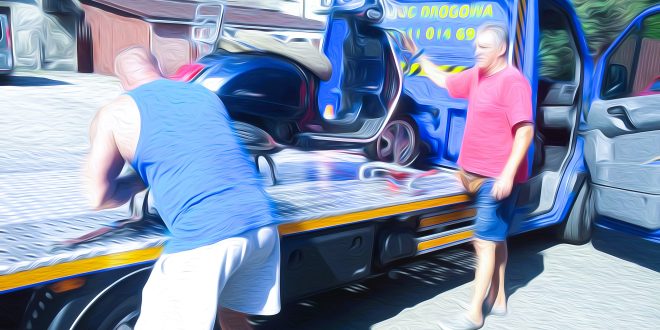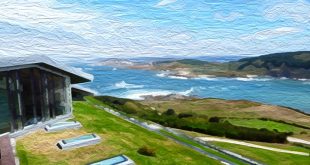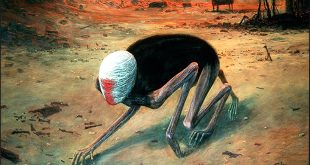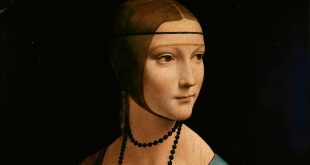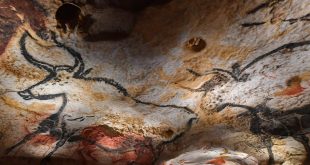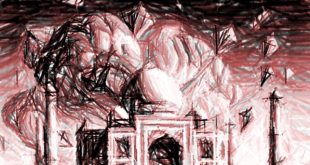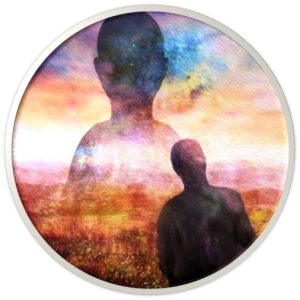
Three places, two ermines and thirst for awareness
Imagine a park or a square where benches become silent witnesses of chance encounters, deep conversations, love stories and moments of reflection. Meeting Benches is a fascinating concept that celebrates the importance of benches as places of meeting and reflection. This project is a tribute to these public spaces that, despite being often overlooked, play a fundamental role in people’s daily lives. The Meeting Benches website is a virtual place dedicated to all the expressive possibilities of art. Here you can share the works and experiences of artists, writers and travelers, exploring themes such as freedom and gender equality. With digital images created by Dastilige Nevante, Meeting Benches also offers authorial trips such as this “Polish Trilogy“.

An “author’s travel” is a unique and personalized travel experience, often curated by experts or enthusiasts of a particular destination or theme. Those trips can include guided tours by art historians, meetings with local artisans, food and wine tastings at selected locations, and much more. They are designed to provide a deep immersion in the culture, history, and traditions of the place visited, often including exclusive itineraries and special activities not found in standard tour packages. The goal is to create an authentic and enriching experience, allowing travelers to discover the true spirit of the places visited. Sometimes, unexpectedly, they leave an indelible mark and not only on your memories, but rather on your soul. Would you like to organize an author’s trip? If so, we propose this unforgettable “Polish trilogy” experimented in scooter by Dastilige Nevante in 2018.
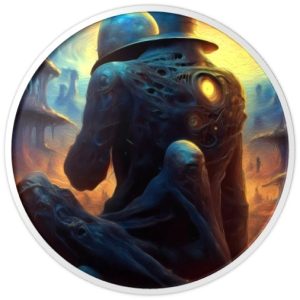
Our journey begins in Sanok, in southern Poland, famous for a variety of typical dishes, including “pierogi” filled with potatoes, cheese, meat, cabbage or mushrooms. For an authentic experience, we recommend trying this specialty in one of the local restaurants. It was here that a painter known for his dystopian surrealist works was born. After working as a construction supervisor, Zdzisław Beksiński began to devote himself to photography, sculpture and painting. Anticipating the themes of his future paintings, his photographic works depicted desolate landscapes and faces on rough surfaces. By the 1960s, Beksiński had developed a unique style, characterized by eerie and surreal images depicting scenes of death and decay. This period, known as his “fantastic period”, is the most well-known and appreciated. Unfortunately, his life ended tragically, when he was murdered in his apartment in Warsaw. Are you interested in any specific works by Beksiński? The Zdzisław Beksiński Gallery in Sanok houses the largest collection of Beksiński’s works, making it a must-see for lovers of contemporary art.
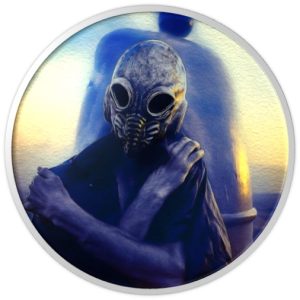
Emphasizing the subconscious and emotional depth of his art, Zdzisław Beksiński himself described his work as “dream photography.” Despite the often-dark themes, his work is celebrated for its ability to evoke deep emotional responses and provoke thought. His art is renowned for its disturbing, surreal and often dystopian imagery. His style has evolved throughout his career, however, surrealism and dystopia, details and textures, abstract and figurative elements, as well as themes of death and decay, have remained constant. As you continue your journey, his surreal art filled with nightmarish landscapes, skeletal figures and decaying structures will create a sense of unease and fascination. It cannot be otherwise: he merges the historical reality of his homeland with his own dreamlike elements.
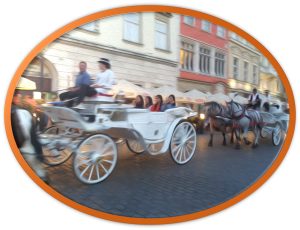
Our journey continues in the south of Poland, on the banks of the Vistula River, in a valley at the foot of the Carpathian Mountains. Welcome to Krakow, the city famous for “Sernik krakowski“, a cheesecake flavored with vanilla and raisins. Walking through its historic center, you cannot help but know the ermine, a symbol of purity, nobility and royalty, but also rich in meanings related to art. One of the most famous examples is the painting “Lady with an Ermine” by Leonardo da Vinci. In this painting, the ermine represents not only purity and incorruptibility, but also curiosity. Leonardo also chose the ermine for a play on words: in Greek, “galé” means ermine, recalling the surname of the sixteen-year-old model, Cecilia Gallerani. Furthermore, the ermine was a heraldic symbol of the Sforza family, to which Ludovico il Moro, Leonardo’s patron, belonged. Are you planning a trip to Krakow? In the Czartoryski Museum, right in the heart of the city’s historic center, you too, like Dastilige Nevante, can admire “Lady with an Ermine”. Don’t forget to buy a souvenir, perhaps a small box with a reproduction of Leonardo’s masterpiece on the lid.

Starting from Krakow, on the way to Auschwitz, you cannot help but compare the innocence of the ermine to that of the children murdered in that concentration camp. You will come to the conclusion that they are similar concepts, but with different nuances. The memory of Leonardo da Vinci’s “Lady with an Ermine” is still fresh in your eyes. You still remember the white fur, the candor that the little animal retains even in harsh environments, thus symbolizing the innocence that resists the impurities of the world. As you approach your third and final Polish destination, you will be sure that children embody a more natural and spontaneous innocence, devoid of malice and pure in their feelings. And yet, you will discover that these pure beings, not yet influenced by the complexities and corruptions of adult life, have experienced first-hand the disturbing world of Zdzisław Beksiński.
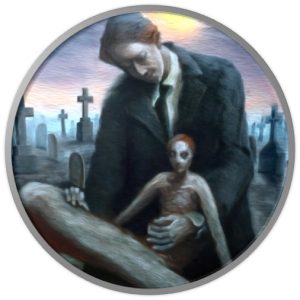
Welcome to the largest Nazi concentration and extermination camp between 1940 and 1945. Over 1.1 million people arrived at Auschwitz, never to leave again. The horrors you are about to discover include gas chambers where victims were tricked into being gassed. You will learn about cruel and inhumane so-called “medical experiments”, to which even children were subjected. You will see places where stigmatized humans lived in terrible conditions. Historical documents and testimonies of survivors remind us of the importance of not forgetting these events. You will wonder what you can do to prevent such horrors from happening again in the future. Perhaps the person who proposed this “Polish trilogy” will show you a small box with a reproduction of the “Lady with an Ermine” on the lid. Almost certainly, your guide will be unable to resist opening it and showing you its contents: one zloty, which in the official Polish currency is equivalent to 0.23 euros. I hope he will also read to you the poem he dedicated to an unknown child, to his little ermine: “ I BROUGHT YOU A ZLOTY – Open it, you will find a zloty inside. Take it and spend it, so that your eyes will fill with merciful water. I have brought you myself and a zloty. Do not cry anymore, now you are no longer alone.”
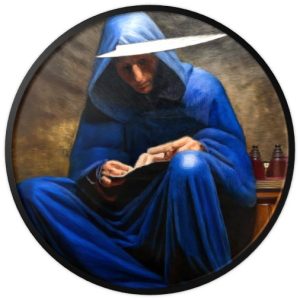
Three places, two stoats and a thirst for awareness. On your way home, we hope you will keep the protagonists of the “Polish Trilogy” among your most precious memories. When you get home, sing the lullaby “Dún do shúil, (Close your eyes)” to your children: “CLOSE YOUR EYES – Close your eyes, my heart, my daily joy, close your eyes, my love, my heart, and tomorrow you will have a reward. Your papa is coming from the hills, with lots of game and partridges; so close your eyes, my love, my joy, and tomorrow you will have a reward. The summer sun is shining bright and warm, and the potatoes are growing luxuriantly. A cool breeze is blowing from the south, and tomorrow we will have fish.” Tell them how beautiful Poland is, and also about Zdzisław, Cecilia and the little hungry stoats of Auschwitz. So, you will fill their pantry with provisions for the winters of awareness, they will learn that there is still a harvest to be made in that kind of garden.
 Meeting Benches World art in all forms
Meeting Benches World art in all forms
